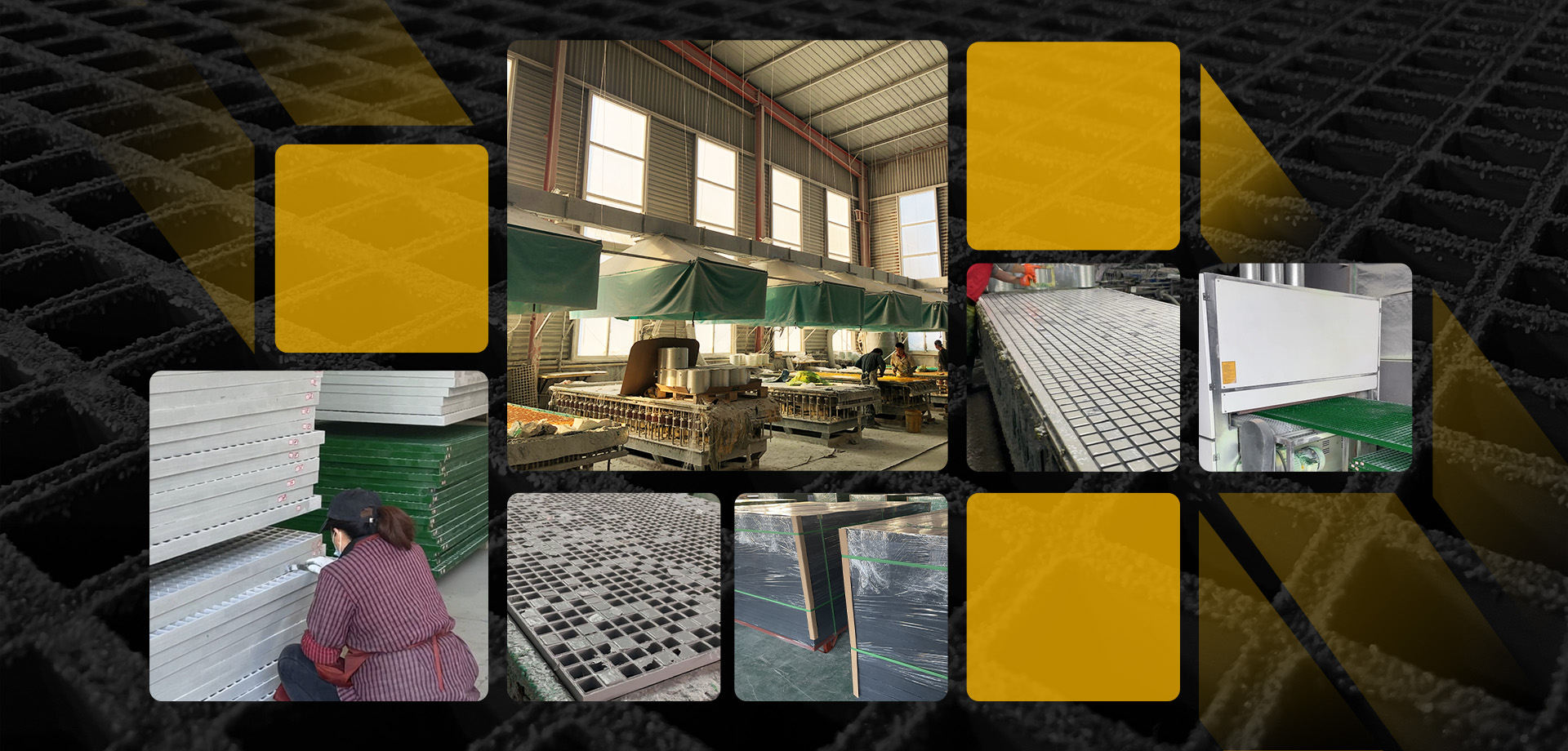loading...
- No. 9, Xingyuan South Street, Dongwaihuan Road, Zaoqiang County, Hengshui, Hebei, China
- admin@zjcomposites.com
- +86 15097380338
- Welcome to visit our website!
pressure tank
Understanding Pressure Tanks Functionality and Applications
Pressure tanks, also known as pressure vessels, are significant components in various industrial and domestic applications. These specialized containers are designed to store gases or liquids at a pressure substantially different from the ambient pressure. The primary purpose of a pressure tank is to hold substances under controlled conditions, ensuring safety and reliability in systems like water supply, fuel storage, and chemical processing.
Design and Construction
The design of a pressure tank is critically important to its functionality and safety. Unlike standard tanks, pressure tanks must withstand high pressure without deformation or failure. This requires the use of robust materials, such as carbon steel or fiberglass, often combined with rigorous engineering to meet safety standards. The tank is usually built with thick walls and a hemispherical or ellipsoidal shape, which helps to evenly distribute stress across the surface.
Pressure tanks come in various sizes and configurations, depending on their intended use. For example, a residential pressure tank used for water supply may hold 10 to 100 gallons, while industrial pressure vessels can range from thousands to millions of gallons for various applications. The design also includes safety features such as pressure relief valves, which help prevent catastrophic failures by releasing excess pressure.
Functionality
The functionality of pressure tanks can vary widely based on their application. One of the most common uses is in water supply systems, where they maintain pressure and ensure a consistent flow of water. When water is pumped into the tank, air is compressed above the water, creating pressure. When a tap is opened, the pressurized air forces the water out, eliminating the need for the pump to run constantly.
In industrial settings, pressure tanks are vital for processes that require specific conditions. For example, in the manufacturing of chemicals, a pressure tank might be used to store raw materials under high pressure, facilitating reactions that would otherwise be slow or inefficient at atmospheric pressure. Similarly, in the oil and gas industry, pressure tanks are used to store and transport liquids and gases safely.
Applications
Pressure tanks have diverse applications across various sectors
pressure tank

1. Water Systems In residential and commercial settings, pressure tanks regulate water pressure for plumbing systems. They help to optimize pump operation by reducing the frequency of cycling, which extends the pump's lifespan.
2. Brewing Industry In breweries, pressure tanks are utilized for fermentation, where maintaining specific pressure conditions is crucial for producing certain types of beer.
3. Food Production In the food industry, pressure tanks are used for processes like pasteurization and carbonating beverages, where controlling pressure ensures safety and consistency.
4. Chemical Processing Many chemical processes require specific pressure conditions to enhance reaction rates. Pressure tanks provide the necessary environment for these reactions to occur efficiently.
5. Hydraulic Systems In hydraulic machinery, pressure tanks store hydraulic fluid under pressure, allowing for the operation of various machinery and equipment.
Safety Considerations
Given the high pressures involved, safety is a paramount concern with pressure tanks. Regular inspections and adherence to maintenance protocols are essential to prevent leaks and ruptures. Operators should be trained in recognizing the signs of pressure tank failure, such as unusual noise or changes in pressure readings. Implementing robust safety measures, including the use of modern sensors and alarms, can significantly enhance the safety of systems utilizing pressure tanks.
Conclusion
Pressure tanks play a critical role in numerous applications by efficiently and safely storing gases and liquids under pressure. Their design and functionality are crucial for ensuring they meet the demands of specific industries, from residential water supply to advanced chemical processing. As technology progresses, the development of advanced materials and monitoring systems will continue to improve the efficiency and safety of pressure tanks, making them an indispensable part of modern infrastructure. Whether in your home or in an industrial setting, pressure tanks help ensure that systems run smoothly, safely, and effectively.
-
GRP Structures: The Future of Lightweight, High-Performance EngineeringNewsJun.20,2025
-
FRP Water Tank: High-Performance Storage for Corrosive and Clean Water SystemsNewsJun.20,2025
-
FRP Square Tube: The New Industry Standard for Chemical and Structural ApplicationsNewsJun.20,2025
-
FRP Pultruded Profiles: The Ultimate Choice for Lightweight Structural StrengthNewsJun.20,2025
-
FRP Handrails: The Safer, Smarter, and Stronger Choice for Modern InfrastructureNewsJun.20,2025
-
FRP Grating: The Smart Solution for Durable, Lightweight Industrial FlooringNewsJun.20,2025
-
Why Choose a Galvanized Water Tank for Your Storage NeedsNewsMay.21,2025
